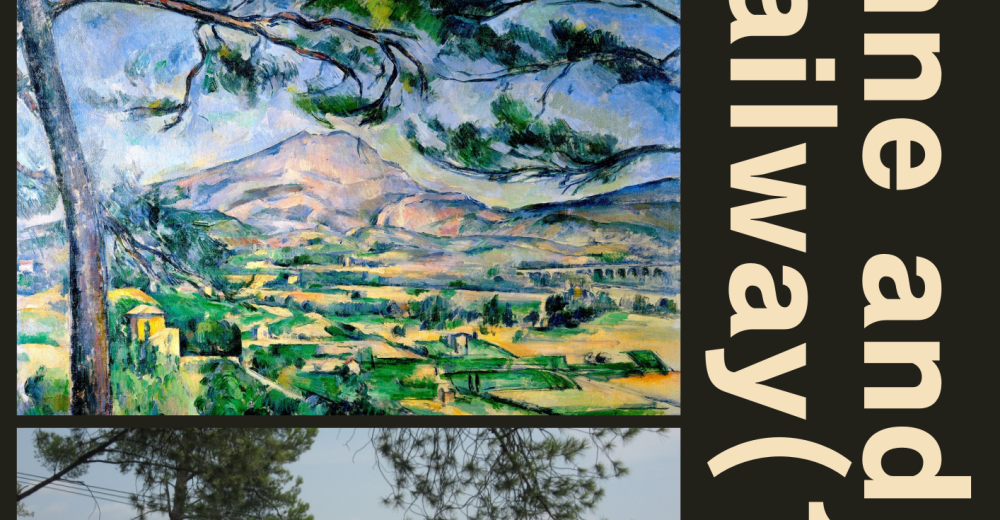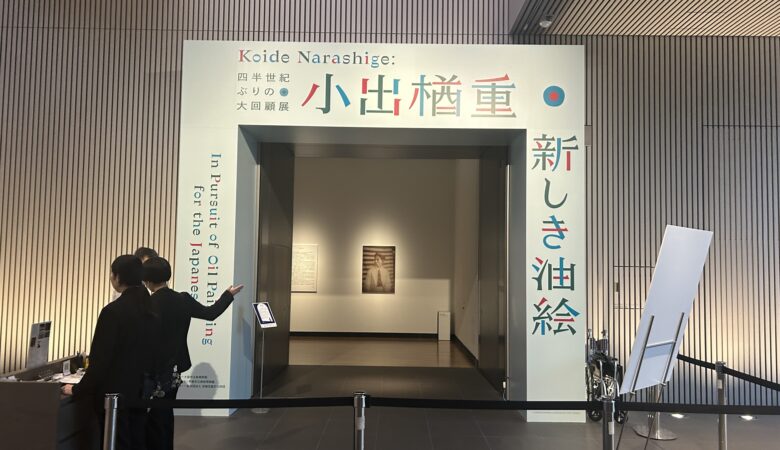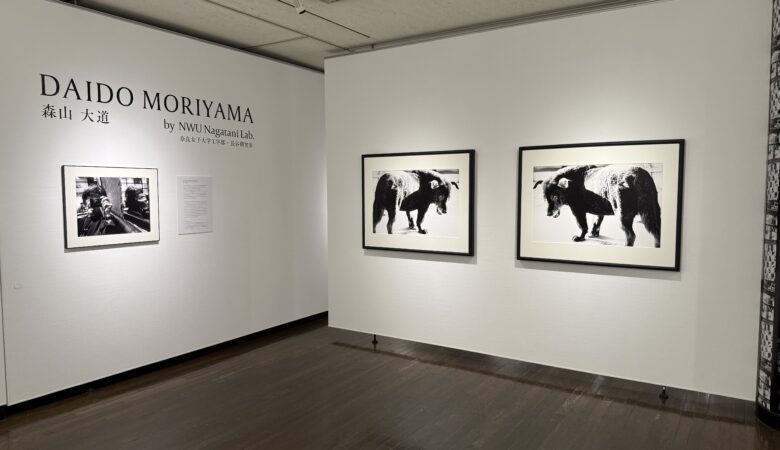It is truly remarkable that, in his letter to Émile Zola dated April 14, 1878, Cézanne praised Mont Sainte-Victoire seen from a speeding train as “What a beautiful motif.”
In short, Cézanne gradually came to realize in his paintings the transformation of visual perception induced by railway travel as one of his own “sensations.”
This is one of the most cutting-edge studies shedding new light on the secrets of Cézanne’s art.
Cézanne’s The Ferry at Bonnières (painted in the summer of 1866) is the earliest painting among all works by French Impressionist painters to take the railway as its subject.
In this respect, among the Impressionists, Cézanne was the artist most sensitive to modernism.
Surprisingly, this newly demonstrated fact has been overlooked by all scholars until now.
Cézanne and the Railway (3): His Railway Subject in Aix-en-Provence(by Tomoki Akimaru)
From his youth to old age, Cézanne regularly traveled by steam train, and he produced many paintings depicting railway subjects such as cuttings, signals, tracks, bridges, and locomotives in and around his hometown of Aix.
Indeed, Cézanne was not only, as is often said, a painter who loved nature, but also a painter of modern life.
It was precisely because Cézanne embodied both nature and modern life that he thus became the very “father of modern painting.”
Cézanne painted a number of railway scenes in Médan, Pontoise, Gardanne, and L’Estaque.
A distinct feature of these works is that, to viewers unfamiliar with the sites, the presence of the railway is not immediately apparent. Moreover, rather than depicting the railway as an isolated motif, Cézanne integrates it into a dynamic dialogue with nature.
Cézanne and the Railway (5): A Style Analysis of His Form(by Tomoki Akimaru)
How, then, did the railway influence Cézanne’s pictorial form?
In fact, there is a striking resemblance between Cézanne’s paintings and the view seen from the window of a speeding train.
In both cases, the world seems to tremble and flow horizontally, while the foreground dissolves or disappears altogether. Another shared characteristic is the presence of multiple viewpoints and the resulting distortion of forms.
Cézanne and the Railway (6): The Influence from Subject to Form(by Tomoki Akimaru)
In painting, the influence of a new and unfamiliar object first manifests itself in the choice of subject, and only later in the expression of form. This is because it is far easier to depict what one sees than to paint what one has already internalized.
Among French painters, it was the Impressionists who first engaged seriously with the motif of the steam railway—a tendency particularly evident in the works of Cézanne, Monet, and Degas. Yet it was Cézanne who achieved this transition from subject to form the earliest.
In short, Cézanne was more sensitive to modernism than any of his contemporaries.
Cézanne and the Railway (7): What is the Realization of Sensations?(by Tomoki Akimaru)
Of course, the sensation that Cézanne sought to realize as an Impressionist painter was, first and foremost, the transformation of visual perception brought about by outdoor light.
Yet it may be assumed that, in the course of pursuing this aim, Cézanne also embraced another sensation—namely, the transformation of visual perception induced by the experience of the railway.
This, above all, explains why Cézanne, among the Impressionists, exerted such a profound influence on those later painters who sought to express the transformation of human sensibility and mentality brought about by the rapidly advancing technologies of modern life.
These articles are revised excerpts from the author’s doctoral dissertation.













